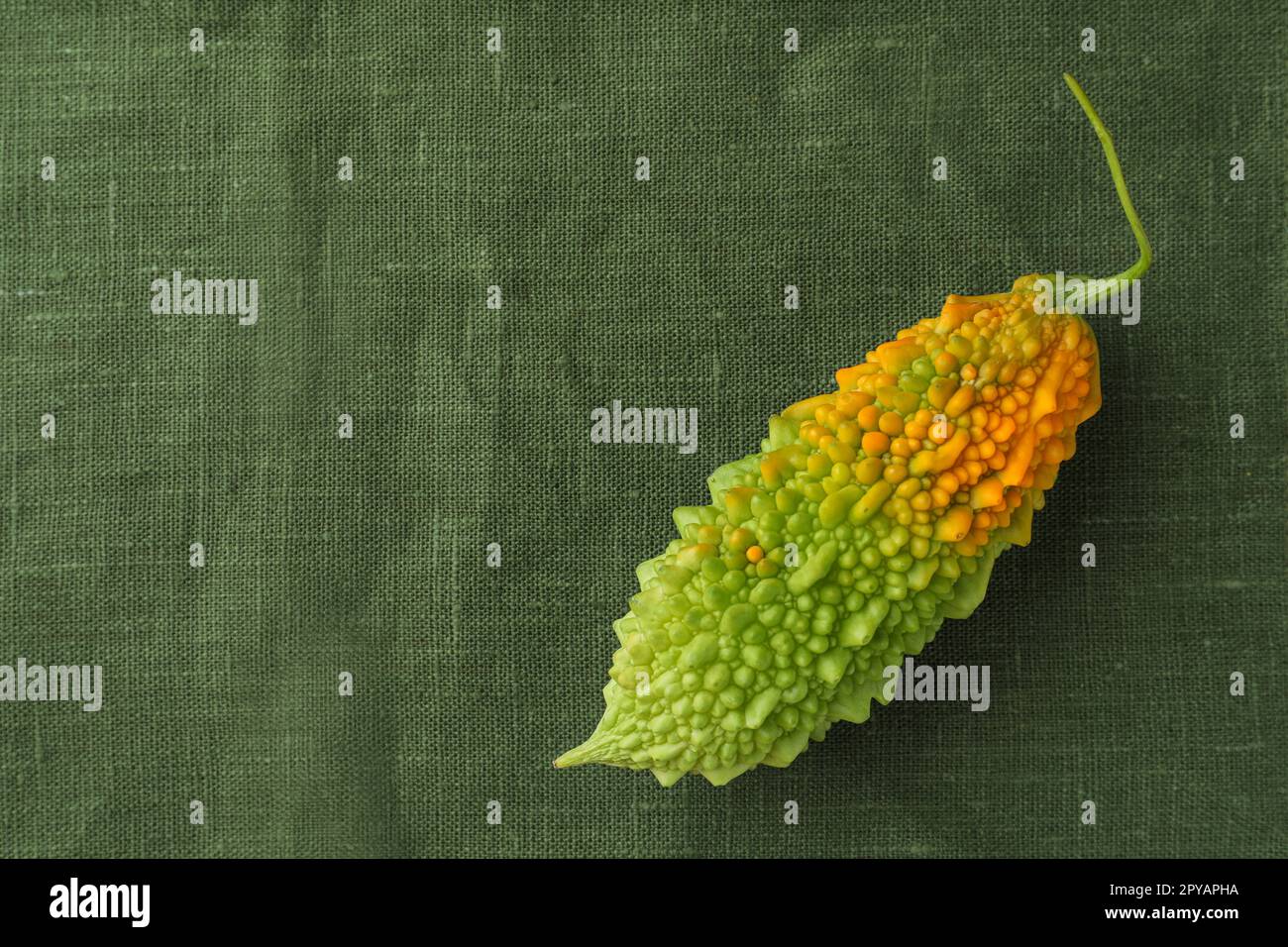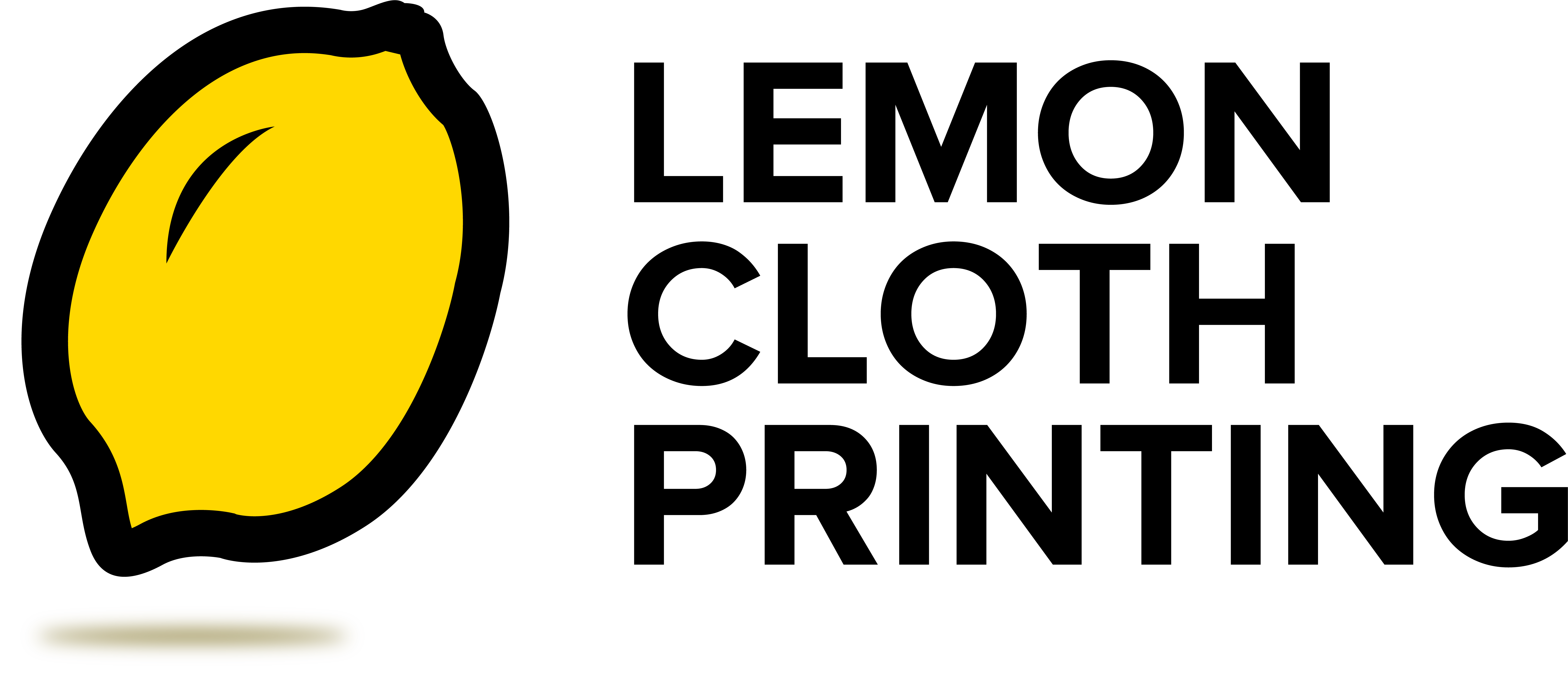Bitter Cloth, a term that might seem unfamiliar to many, is actually a treasure trove of cultural significance and historical value. This textile masterpiece has roots in ancient traditions and continues to captivate the world today. Its intricate patterns and unique textures tell stories of the past, making it an essential piece of global heritage.
The journey of bitter cloth is one that spans centuries, intertwining the lives of countless artisans who have preserved its legacy. From its origins in remote villages to its presence on international fashion runways, this textile has carved a niche for itself in both traditional and contemporary settings.
In this article, we will delve deep into the world of bitter cloth, exploring its origins, cultural significance, production techniques, and its relevance in today’s globalized world. Whether you're a textile enthusiast, a cultural explorer, or simply curious about this fascinating fabric, this article promises to provide comprehensive insights that will enrich your understanding.
Read also:Is Meri Dating Unveiling The Truth Behind The Relationship
Table of Contents
- The Origin and History of Bitter Cloth
- Cultural Significance of Bitter Cloth
- How Bitter Cloth is Made
- Different Varieties of Bitter Cloth
- Practical Uses of Bitter Cloth
- Bitter Cloth in Modern Fashion
- Economic Impact of Bitter Cloth
- Challenges Facing Bitter Cloth Artisans
- Efforts to Preserve Bitter Cloth Traditions
- The Future of Bitter Cloth
The Origin and History of Bitter Cloth
Roots in Ancient Civilizations
The history of bitter cloth dates back to ancient civilizations where textiles played a crucial role in daily life. This fabric, known for its coarse texture, was initially crafted by communities who sought functionality over aesthetics. The earliest records of bitter cloth production can be traced to regions where natural fibers were abundant and weaving techniques were passed down through generations.
Historical evidence suggests that bitter cloth was used in various forms, from clothing to ceremonial garments. Its durability and resistance to wear made it a preferred choice for practical purposes. Over time, as societies evolved, so did the significance and use of bitter cloth.
Evolution Through Centuries
As centuries passed, bitter cloth underwent significant transformations. Artisans began experimenting with different fibers, dyes, and weaving techniques, leading to the development of more refined versions of the fabric. This evolution not only enhanced its aesthetic appeal but also broadened its applications.
By the medieval period, bitter cloth had gained recognition beyond local communities, becoming a symbol of cultural identity and pride. Its intricate designs and vibrant colors reflected the stories and traditions of the people who crafted it.
Cultural Significance of Bitter Cloth
Bitter cloth is more than just a fabric; it is a testament to the cultural heritage of the communities that produce it. Each piece tells a story, capturing the essence of the region’s history, beliefs, and values. The patterns and motifs woven into the fabric often represent significant cultural symbols, making bitter cloth an invaluable artifact.
Cultural Symbolism
The cultural significance of bitter cloth is evident in the symbolism embedded in its design. From geometric patterns representing unity and harmony to animal motifs symbolizing strength and courage, every element of the fabric carries meaning. These symbols are often used in traditional ceremonies, reinforcing the fabric’s role in cultural rituals.
Read also:Download Ullu Web Series Your Ultimate Guide To Streaming And Downloading
Furthermore, bitter cloth plays a crucial role in cultural identity. It serves as a visual reminder of a community’s history and traditions, helping to preserve cultural heritage for future generations.
How Bitter Cloth is Made
Traditional Weaving Techniques
The production of bitter cloth involves a meticulous process that requires skill and patience. Artisans begin by selecting the right fibers, which are often sourced locally. These fibers are then spun into yarn, a process that requires precision to ensure the desired texture and strength.
Once the yarn is prepared, it is dyed using natural pigments derived from plants and minerals. This step is crucial as it determines the final color and durability of the fabric. The yarn is then woven on traditional looms, where the artisan’s expertise comes into play. The weaving process is labor-intensive, with each piece taking days or even weeks to complete.
Modern Innovations in Production
While traditional methods remain the backbone of bitter cloth production, modern innovations have also been integrated into the process. Advances in technology have enabled artisans to experiment with new fibers and dyes, expanding the possibilities for creativity and innovation. However, these innovations are carefully balanced with the preservation of traditional techniques to maintain the fabric’s authenticity.
Different Varieties of Bitter Cloth
Bitter cloth comes in a variety of forms, each with its own unique characteristics and uses. The diversity of this fabric is a testament to the creativity and adaptability of the artisans who produce it. Below are some of the most notable varieties:
- Coarse Bitter Cloth: Known for its rugged texture, this variety is often used for practical purposes such as sacks and mats.
- Decorative Bitter Cloth: Featuring intricate patterns and vibrant colors, this type is commonly used in ceremonial garments and home decor.
- Fine Bitter Cloth: Characterized by its smooth texture and refined appearance, this variety is favored for clothing and accessories.
Practical Uses of Bitter Cloth
The versatility of bitter cloth makes it suitable for a wide range of applications. From everyday use to special occasions, this fabric finds its place in various aspects of life. Below are some of the practical uses of bitter cloth:
- Traditional clothing
- Ceremonial garments
- Home textiles
- Artistic creations
Each use highlights the fabric’s adaptability and enduring appeal, making it a valuable resource for communities around the world.
Bitter Cloth in Modern Fashion
Global Recognition
In recent years, bitter cloth has gained international recognition, becoming a favorite among fashion designers. Its unique texture and vibrant patterns have made it a staple on global runways, where it is often used to create statement pieces that blend tradition with modernity.
Designers are drawn to bitter cloth not only for its aesthetic qualities but also for its cultural significance. By incorporating this fabric into their collections, they pay homage to the artisans who have preserved its legacy.
Sustainable Fashion
Bitter cloth aligns perfectly with the growing trend of sustainable fashion. Its production involves eco-friendly practices, such as the use of natural fibers and dyes, making it an environmentally responsible choice. As consumers become more conscious of their impact on the planet, bitter cloth offers a stylish and sustainable alternative to mass-produced textiles.
Economic Impact of Bitter Cloth
The production and trade of bitter cloth have significant economic implications for the communities involved. Artisans who specialize in this craft often rely on it as a primary source of income, supporting their families and contributing to the local economy.
Moreover, the global demand for bitter cloth has created opportunities for these communities to expand their reach and increase their earnings. Through partnerships with international brands and organizations, artisans can access new markets and gain recognition for their work.
Challenges Facing Bitter Cloth Artisans
Despite its cultural and economic significance, bitter cloth artisans face numerous challenges. The rise of mass-produced textiles has created competition that threatens the survival of traditional crafts. Additionally, younger generations are increasingly drawn to urban lifestyles, leaving fewer individuals to carry on the tradition.
Environmental factors also pose challenges, with climate change affecting the availability of natural resources used in production. To address these issues, artisans and organizations are working together to find sustainable solutions that preserve the craft while adapting to modern realities.
Efforts to Preserve Bitter Cloth Traditions
Community Initiatives
Various community initiatives have been established to support the preservation of bitter cloth traditions. These programs focus on educating young artisans, providing them with the skills and knowledge needed to continue the craft. Workshops and training sessions are organized to ensure the transfer of skills from one generation to the next.
Government and NGO Support
Governments and NGOs also play a crucial role in preserving bitter cloth traditions. Through funding and advocacy, they help create an environment where artisans can thrive. Initiatives such as cultural festivals and exhibitions provide platforms for artisans to showcase their work and reach a wider audience.
The Future of Bitter Cloth
Looking ahead, the future of bitter cloth appears promising. With growing interest in sustainable and culturally significant textiles, this fabric is poised to continue capturing the world’s attention. Innovations in production techniques and design will further enhance its appeal, ensuring its relevance in the global market.
However, the preservation of traditional methods remains essential. By balancing innovation with tradition, artisans can secure the future of bitter cloth while honoring its rich heritage.
Kesimpulan
In conclusion, bitter cloth is a remarkable textile that embodies the cultural heritage and artistic prowess of its creators. From its ancient origins to its modern applications, this fabric continues to inspire and captivate. Its significance extends beyond aesthetics, serving as a vital link to the past and a source of pride for the communities that produce it.
We invite you to explore the world of bitter cloth further and support the artisans who keep this tradition alive. Share your thoughts and experiences in the comments below, and don’t forget to explore our other articles for more insights into the fascinating world of textiles.

